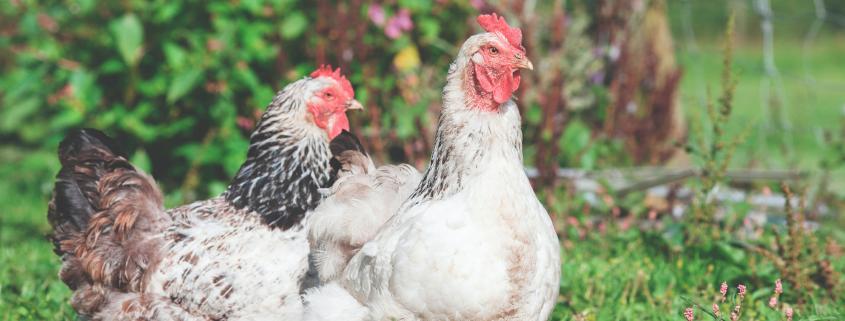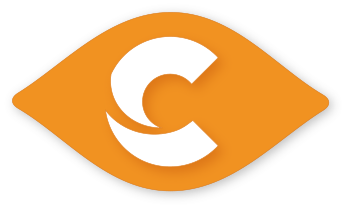
Understanding the Better Life Label Certification: Enhancing Consumer Trust and Sustainability
In today’s conscientious consumer landscape, people are increasingly drawn to products that align with their values, particularly concerning sustainability and ethical practices. As a response to this demand for transparency and accountability, various certifications have emerged, aiming to guide consumers toward more ethical and environmentally friendly choices. One such certification making waves is the Better Life Label.
What is the ‘Better Life Label’?
The Better Life label was established in 2007 by the Dierenbescherming, a Dutch animal welfare organization. The quality mark originated in response to growing concerns about animal welfare in livestock farming. Since then, the label has evolved and expanded. It is now used not only in the Netherlands but also extends to other European countries.
The Better Life Label certification program is designed to empower consumers by providing them with clear and reliable information about the environmental and social impacts of the products they purchase. Spearheaded by rigorous standards and criteria, this label serves as a beacon, guiding consumers toward products that meet high sustainability and ethical benchmarks.
How Does the Better Life Label Work?
At the core of the Better Life Label lie several fundamental principles and criteria. These criteria vary depending on the animal and product, but here are some examples:
Space and living conditions: Organizations must ensure that animals have enough space to exhibit natural behaviour. This includes free-range access for chickens and pigs, comfortable resting areas for cattle, and sufficient enrichment materials for laying hens.
Health and well-being: Animals must be healthy and not experience unnecessary suffering. This includes adequate nutrition, access to clean drinking water, and medical care. The use of antibiotics should be limited.
Transport and slaughter: Animal welfare during transport and slaughter is important for this quality mark as well. Organizations must adhere to specific standards to minimize stress and suffering for animals during these processes.
Transparency and traceability: The “Beter Leven” quality mark requires organizations to be transparent about the origin of their products and to have a traceability system in place. This helps consumers make informed choices throughout the supply chain.
The quality mark has different levels (1 to 3 stars) to indicate the degree of animal welfare, with 3 stars representing the highest standard.
Benefits for Consumers
For consumers, the Better Life Label offers several compelling benefits:
Confidence in Purchases: The label empowers consumers to make more informed decisions, assuring them that certified products meet stringent sustainability and ethical standards.
Simplified Decision-Making: With a clear and recognizable label, consumers can easily identify and choose products aligned with their values without needing to conduct extensive research.
Supporting Ethical Practices: By opting for Better Life Label certified products, consumers actively support companies committed to ethical and sustainable practices, encouraging broader industry change.
Impact on Businesses
Businesses that pursue the Better Life Label certification stand to gain numerous advantages:
Market Differentiation: Certified products gain a competitive edge by standing out in a crowded market. The label acts as a symbol of trust and quality, attracting conscious consumers.
Enhanced Reputation: Certification demonstrates a company’s dedication to ethical and sustainable practices, bolstering its reputation and fostering consumer loyalty.
Access to New Markets: The label can open doors to new markets, especially among environmentally conscious consumers who prioritize sustainability in their purchasing decisions.
Challenges and Future Outlook
While the Better Life Label presents a promising framework for sustainability and ethical consumption, challenges persist. Some companies may find it challenging to meet the rigorous standards, especially smaller businesses with limited resources.
Nevertheless, the growing demand for transparency and ethical products indicates a positive trajectory for certifications like the Better Life Label. As consumers continue to prioritize sustainability and ethical considerations, the label’s influence is likely to expand, encouraging more and more businesses to adopt responsible practices.
Find out more: Dierenbescherming Beterleven
Would you like to learn more about certificates, standards, or questionnaires and how to manage them? Click here for a full tour of our software to find out how we can help.
